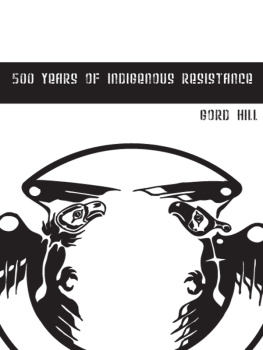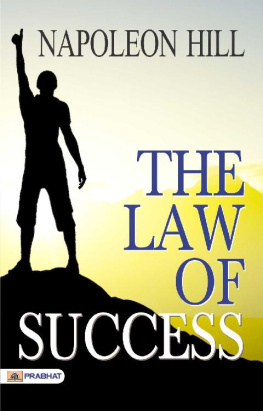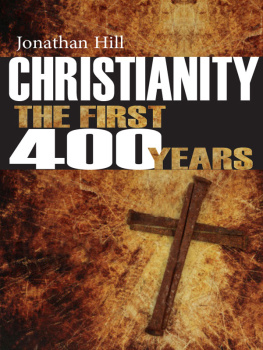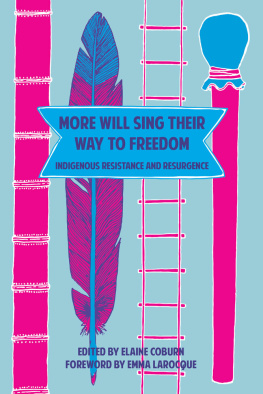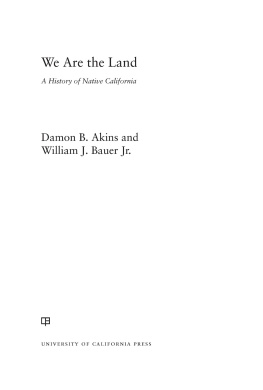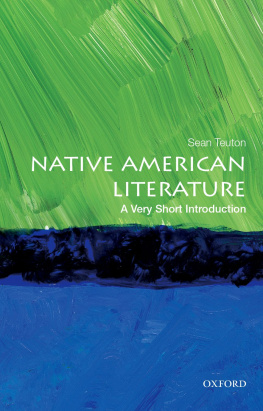500 YEARS OF INDIGENOUS RESISTANCE
GORD HILL

500 years of Indigenous Resistance
Gord Hill 2009
This edition PM Press 2009
All rights reserved. No part of this book may be transmitted in any form
by any means without permission in writing from the publisher.
Cover and interior design by Daniel Meltzer
10 9 8 7 6 5 4 3 2 1
Library of Congress Control Number: 2009901389
ISBN 978-1-60486-106-8
Published by:
PM Press
PO Box 23912
Oakland, CA 94623
www.pmpress.org
Printed in the USA on recycled paper.
TABLE OF CONTENTS
Sixteen years after it was originally published in the first issue of the revolutionary Indigenous newspaper OH-TOH-KIN, 500 Years of Indigenous Resistance remains an important and relevent history of the colonization of the Americas and the resistance to it. It begins with the arrival of Columbus and finishes with the resistance struggles that defined the early nineties; the Lubicons, the Mohawks, and the Campaign For 500 Years Of Resistance that occurred all over the Americas, and was a historical precurser to the well-known Zapatista uprising of 1994.
This pamphlet also includes artwork by the author, native artist,activist and former OH-TOH-KIN member Gord Hill.
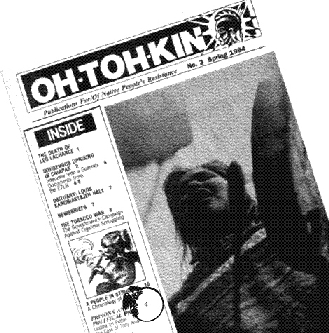
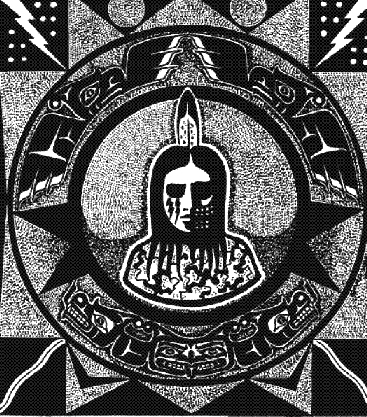
500 YEARS OF INDIGENOUS RESISTANCE
This article is intended as a basic history of the colonization of the Americas since1492, and the Indigenous resistance to this colonization continuing into 1992. Theauthor admits to not having a full understanding of the traditions of his own people,the Kwakiutl (Kwakwakawakw); as such the article lacks an analysis based in anauthentic Indigenous philosophy and is instead more of a historical chronology.
Throughout the year 1992, the various states which have profited from the colonization of the Americas will be conducting lavish celebrations of the Discovery of the Americas. Spain has spent billion of dollars for celebrations in conjunction with Expo 92 in Seville. In Columbus, Ohio, a $100 million quincentennial celebration plans on entertaining several million tourists. CELAM, the association of South Americas Catholic bishops, has organized a gathering to celebrate the fifth centenary of the evangelization of the Americas to be presided over by the Pope. As well, there is a wide selection of museum exhibits, films, TV shows, books and many other products and activities focusing on Columbus and the Discovery, all presenting one interpretation of the 500 years following 1492. The main thrust of this interpretation is that the colonization processa process of genocidehas, with a few bad spots, been overall a mutually beneficial process. The greatness of European religions and cultures was brought to the Indigenous peoples, who in return shared the lands and after accidentally being introduced to European disease, simply died off and whose descendants now fill the urban ghettos as alcoholics and welfare recipients. Of course, a few remnants of Indian cultures were retained, and there are even a few professional Indian politicians running around.
That was no Discoveryit was an American Indian Holocaust!
Until recently, commonly accepted population levels of the Indigenous peoples on the eve of 1492 were around 1015 million. This number continues to be accepted by individuals and groups who see 1492 as a discovery in which only a few million Indians diedand then mostly from diseases. More recent demographic studies place the Indigenous population at between 70 to 100 million peoples, with some 10 million in North America, 30 million in Mesoamerica, and around 50 to 70 million in South America.
Today, in spite of 500 years of a genocidal colonization, there are an estimated 40 million Indigenous peoples in the Americas. In Guatemala, the Mayan peoples make up 60.3 percent of the population, and in Bolivia Indians comprise over 70 percent of the total population. Despite this, these Indigenous peoples lack any control over their own lands and comprise the most exploited and oppressed layers of the population, characteristics that are found also in other Indigenous populations in the settler states of the Americas (and throughout the world).
Before the European colonization of the Americas, in that time of life scholars refer to as Pre-history or Pre-Columbian, the Western hemisphere was a densely populated land. A land with its own peoples and ways of life, as varied and diverse as any of the other lands in the world. In fact, it was not even called America by those peoples. If there was any reference to the land as a whole it was as Turtle Island, or Cuscatlan, or Abya-Yala.
The First Peoples inhabited every region of the Americas, living within the diversity of the land and developing cultural lifeways dependent on the land. Their numbers approached 70-100 million peoples prior to the European colonization.
Generally, the hundreds of different nations can be summarized within the various geographical regions they lived in. The commonality of cultures within these regions is in fact a natural development of people building lifeways dependent on the land. As well, there was extensive interactionand interrelation between the people in these regions, and they all knew each other as nations.
In the Arctic region live(d) the Inuit and Aleut, whose lifeways revolve(d) around the hunting of sea mammals (Beluga whales, walruses, etc.) and caribou, supplemented by fishing and trading with the people to the south.
South of the Arctic, in the Subarctic region of what is today Alaska, the Northwest Territories, and the northern regions of the Canadian provinces, live(d) predominantly hunting and fishing peoples. The variations of these lands range from open tundra to forests and lakes, rivers, and streams. The Cree, Chipewyan, Kaska, Chilcotin, Ingalik, Beothuk, and many other nations inhabit(ed) this region, hunting bear, goats, and deer in the west, musk oxen and caribou further north, or buffalo further south in the prairies.
Altogether in the Arctic and Subarctic regions there lived perhaps as many as 100,000 people.
On the Pacific Northwest coast, stretching from the coasts of Alaska and British Columbia (BC) down to northern California, live(d) the Tlingit, Haida, Tsimshian, Kwakwakawakw, Nuu-chah-nulth, Nuxalk, Salish, Yurok, and many others. These peoples developed a lifeway revolvingaround fishing. The peoples of this region numbered as many as four million.
Between the Pacific coastal mountain range and the central plains in what is today southern BC, Washington, Oregon, Idaho and Montana, live(d) the Sahaptin (Nez Perce), Chopunnish, Shoshone, Siksikas (Blackfeet), and others. These peoples numbered around 200,000.
To the east were people of the plains, encompassing a vast region from Texas up to parts of southern Alberta, Saskatchewan, and Manitoba, eastward to North and South Dakota, Minnesota, Wisconsin, Missouri, and Arkansas. Here, the Lakota (Sioux), Cheyenne, Arapaho, plains Cree, Siksikas (of the Blackfeet Confederacy, including the Blood and Peigan), Crow, Kiowa, Shoshone, Mandan, and many others, numbered up to one million, and the buffalo as many as 80 million before their slaughter by the Europeans.
Further east, in the lands stretching from the Great Lakes to the Atlantic coast, live(d) hunting, fishing, and farming peoples; the Kanienkehake (Mohawks), Oneida, Onondaga, Cayuga, Seneca (these five nations formed the Haudenosauneethe People of the Longhousealso known as the Iroquois Confederacy), Ojibway, Algonkin, Micmac, Wendat (Huron), Potowatomi, Tuscarora, and others. In this woodland region, stretching from Ontario, Quebec, and New York, down to the Carolinas, lived up to two million peoples.
Next page
